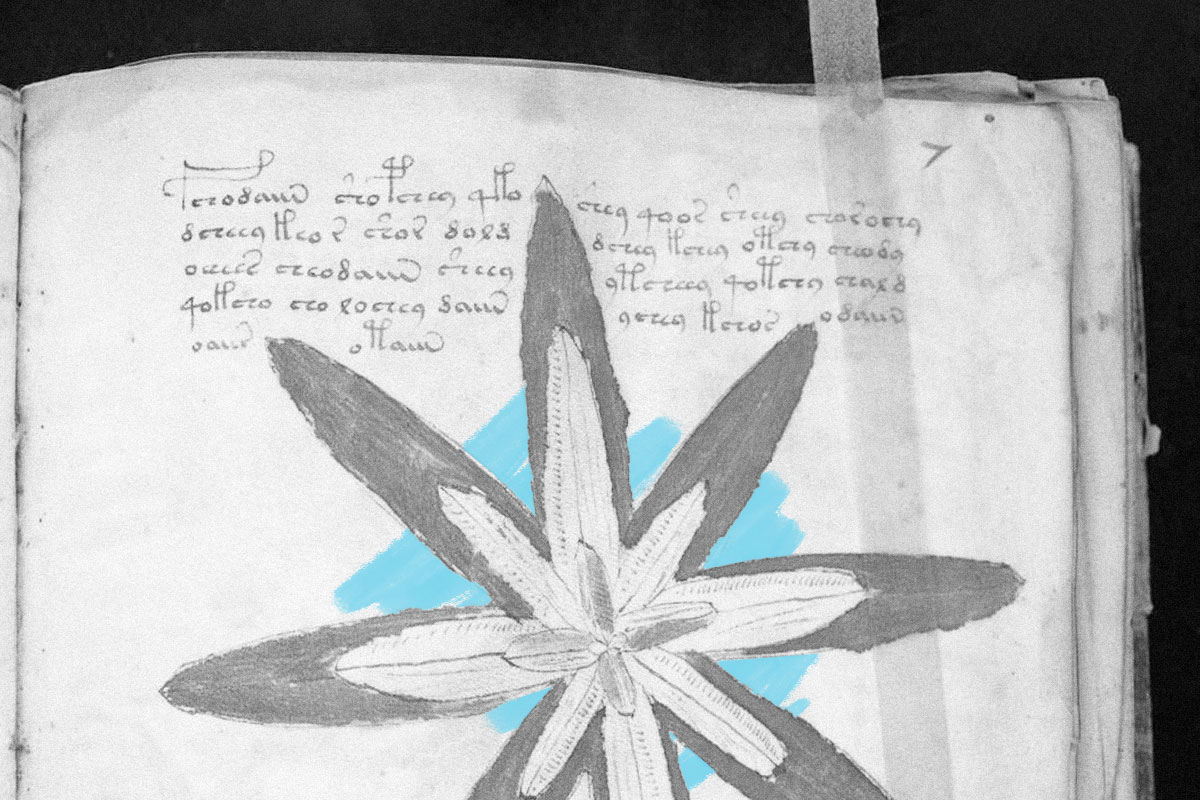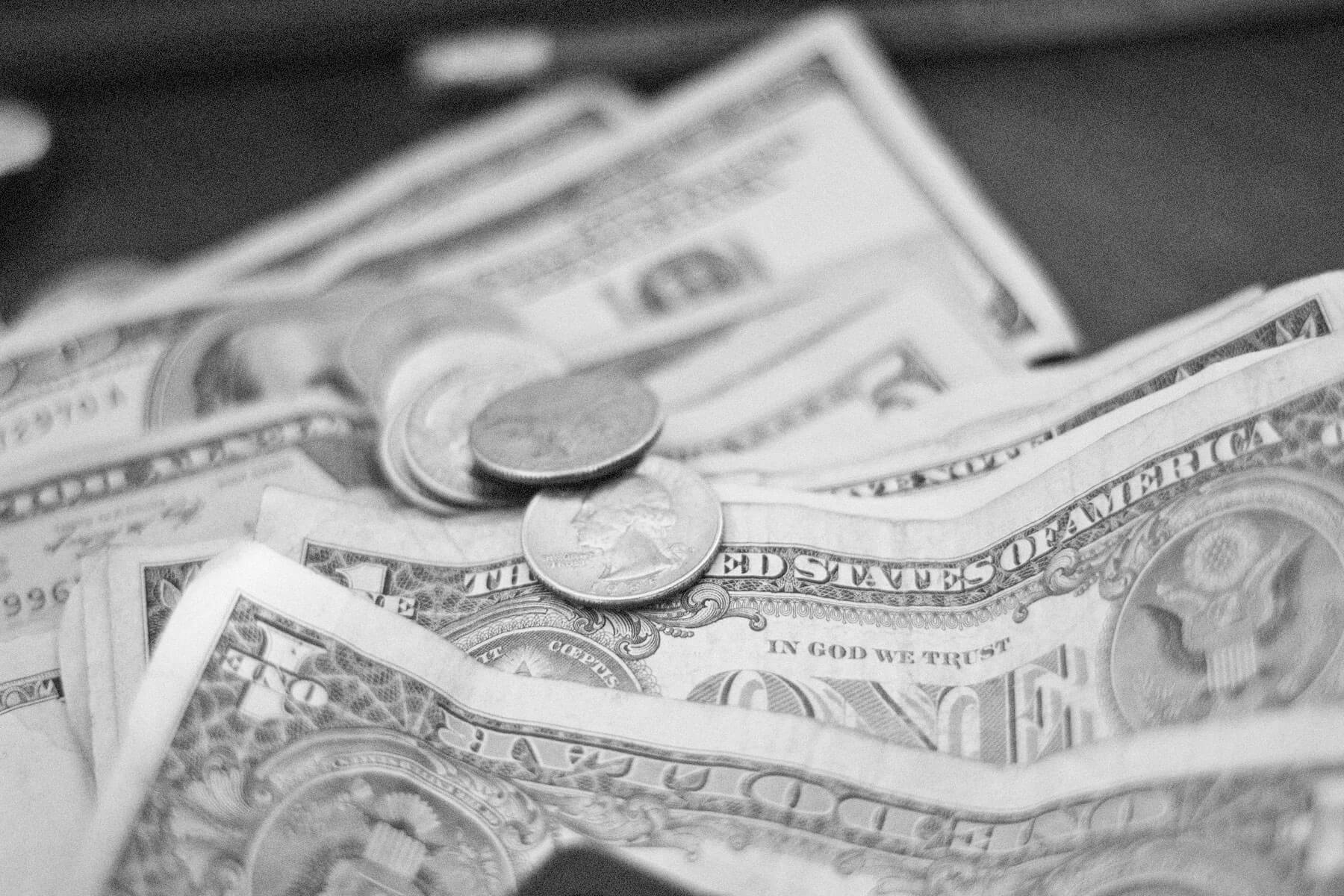 |
The Voynich manuscript is a 15th-century codex that has never been deciphered. |
Arts & Culture |
 |
| |
| In addition to a mix of Latin letters, unknown characters, and Arabic numbers, the manuscript features fanciful drawings on nearly every page. Many of them are botanical in nature, as though the author were composing a field guide to fictional plants, while others are astrological. There are even illustrations of dragons. Some believe it to be a work of cryptography, others consider it a hoax, and still others think it's a work of fiction. As recently as 2020, an Egyptologist claimed he had cracked the code by concluding that the manuscript is written in a Semitic language based on Hebrew. A true consensus has yet to emerge, however, and probably won't anytime soon. The Voynich manuscript has been part of Yale University's Beinecke Rare Book and Manuscript Library since 1969 and is now available to view in its entirety by anyone hoping to solve its mysteries. | |
 | |
 | |||||||||
By the Numbers | |||||||||
| |||||||||
| |||||||||
 | |||||||||
| |||||||||
"Frankenstein" was originally published anonymously. | |||||||||
| The literary world didn't exactly welcome female authors with open arms in the early 19th century, and Mary Shelley wasn't alone in leaving her name off of her influential work, including her 1818 novel Frankenstein, which was initially published anonymously. Jane Austen's Sense and Sensibility was also published anonymously seven years earlier, and writers such as Ann Radcliffe, Frances Burney, and Maria Edgeworth did likewise with their early work. Many believed that Mary Shelley's husband Percy Shelley was the author of Frankenstein, a falsehood she had to correct many times. Her name appeared on the second edition of Frankenstein, subtitled The Modern Prometheus, in 1821. | |||||||||
 | |||
Recommended Reading | |||
 | |||
| | |||
 | |||
| | |||
| + Load more | |||
| |||
| |||||||||
| Copyright © 2023 History Facts. All rights reserved. | |||||||||
| 700 N Colorado Blvd, #513, Denver, CO 80206 | |||||||||
|





No comments:
Post a Comment